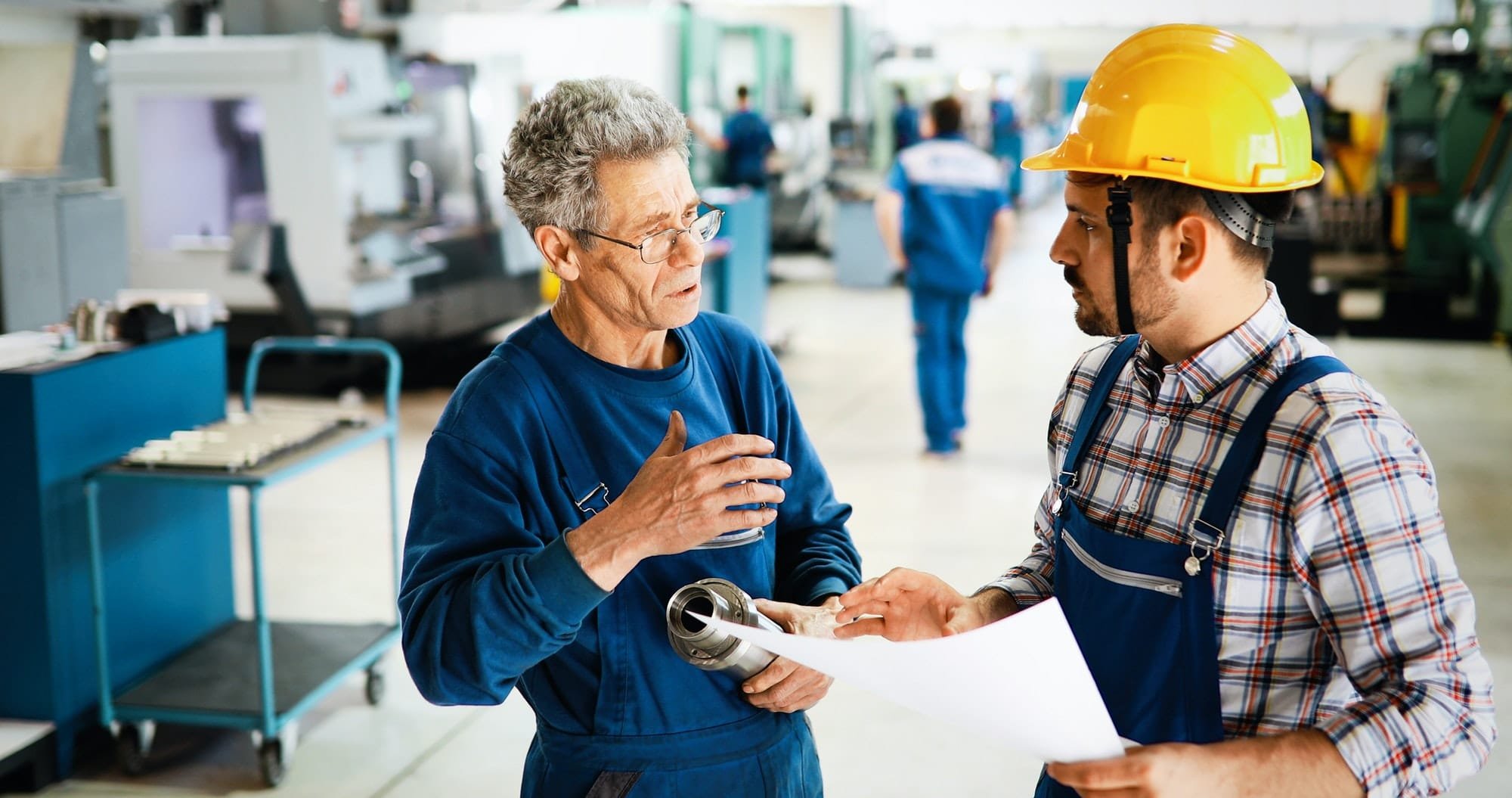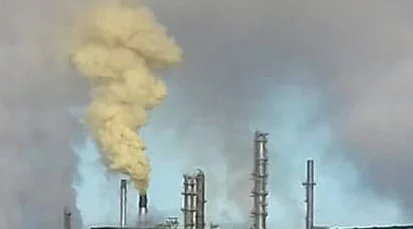Our Blog

The SRU is only as good as the feed streams it receives – this is a common statement in the sulfur recovery industry. Before testing
Problem Definition A South American Refinery Client requested assistance tackling the problem of hydrocarbon being present in their amine solvent (rich amine). The client reported
Problem Definition European Refinery Client requested assistance with solids contamination in their DEA system. Corrosion issues in the regenerator bottom section and reboiler were reported.
Why do we degas? Crude oil and natural gas contain sulfur compounds which get concentrated as they makes their way to the SRU in the
While catalytic converters perform the sulfur conversion portion of the modified Claus unit, sulfur condensers allow for the recovery of that sulfur in a liquid state.
Q4 2017 saw SRE complete a number of interesting projects. For one gas plant in Canada, SRE was involved with determining the source of corrosion with our client’s gas sweetening unit.
Sulfur Recovery Engineering (SRE) clients often ask about Key Performance Indicators for their Sulfur Recovery Units.
It is difficult to identify KPIs for the SRU without compositional analysis and feed stream data. If you think about it, the data that you see from the DCS – flows, temperatures and air demand analyzer (ADA) info – are all directly related to what is actually coming into the SRU.
“The SRU is only as good as what it receives in terms of amine acid gas and SWS acid gas”.
If the temperature rise across a converter is observed to be lessening, this indicates that deactivation is occurring. This phenomena may be accompanied by an increase in the temperature rise in the downstream Converter since it now has to do ‘more work’.
Upon production in the upstream Claus Condensers, liquid sulfur inevitably contains both dissolved H2S and conjugated polysulfides, H2Sx
Process simulation is a model-based representation of a process plant such as a Sulfur Recovery Unit, in software.
SRE’s Inshan Mohammed presented a paper at SOGAT 2017 that focused on three SRUs failing to meet expected overall recovery efficiencies due to:
The typical lifecycle of a new unit is to go from design basis to simulations and data sheets and then from construction and commissioning to startup





















